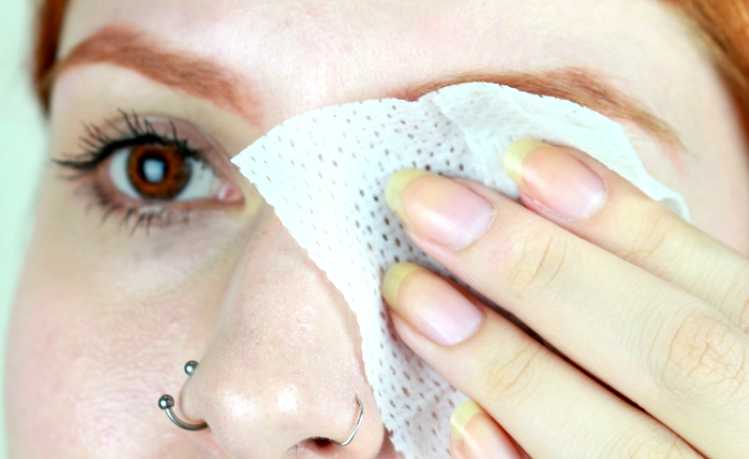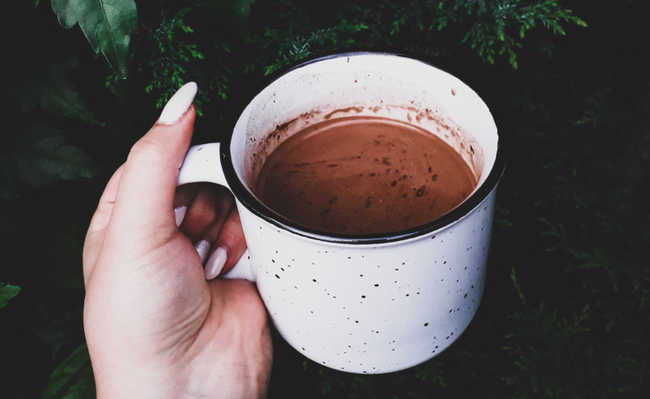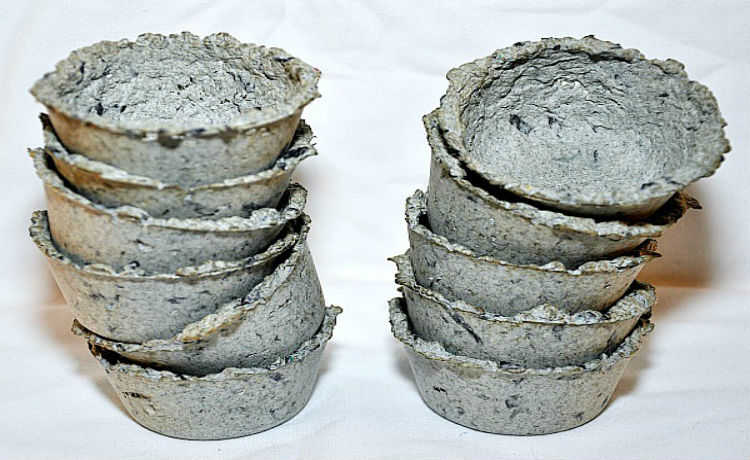13 gardening tips to help your plants
Discover gardening tips that are out of popular knowledge and can be tested in your garden

Gardening is a hobby very fun and relaxing and one of the reasons for this is the exchange of tips that happens when you meet another practitioner of this activity. Here's a list of thirteen gardening tips for you to write down and talk about the next time you meet other gardening lovers.
Remember to test these tips on just a few plants to see what the result will be before you apply them throughout your garden. Each plant reacts in a different way to gardening care, so knowing the species in your garden is the first step to help your plants grow better.
1. Aerate the soil in your garden
Professional farmers always warn of the importance of aerating the land at least twice a year. Beginner gardeners can also take advantage of this tip. Take a cordless drill and drill through the earth, then fill in part of these holes with smaller rocks and leave the rest empty so they fill in naturally. These holes will help oxygenate the root area.
2. Use coffee grounds to enrich the soil
Coffee grounds can be great fertilizers. You can add them to a compost pile along with leaves and grass, or in compost bins by mixing them with shredded paper, dry leaves, or other carbon sources. Mix all this well and put it in damp soil and add nitrogen fertilizer at the same time. Coffee grounds are also good for repelling slugs and snails and attract earthworms, which are great for enriching the soil. Read more about the different uses of coffee grounds.
3. Put eggshells in the ground to repel slugs
If slugs or snails are eating your plants and ruining your garden, there is a quick and easy way to avoid this. A valuable gardening tip is to place broken eggshells in the soil near the pots that are being attacked. There is no scientific explanation for why slugs avoid these shells, they are just afraid that the sharp edges will hurt them. It is very common for these animals to be found in gardens that are watered frequently or after rains.
4. Magnesium sulfate can be good for your tomatoes
Many people know that magnesium sulfate can be beneficial to the human body when placed in bathtub water. What many don't know is that this substance can also be very useful in gardening. Putting a limited amount of magnesium sulfate in tomatoes helps the fruit to develop better, as magnesium and sulfate are important ingredients for plant growth. Some also say that putting some of this sulfate around plants that are not doing well can help them recover.
5. Avoid crawling insects using aluminum foil
If some insects are going after your vegetables, a gardening tip is to put a foil collar around pumpkins or tomatoes, for example, to prevent them from getting there. Again: nothing scientific behind this - this type of insect simply tends to avoid metals in general, and in this case, it also has the fact that the paper is sharp.
6. Keep the pots moist with the help of this homemade "wick watering can"
If you live in an apartment or grow your plants in pots, here's a good tip for plants that need more water or even for when you're traveling. You'll need a PET bottle, a vase and something to serve as a wick - it could be some kind of wool, acrylic thread or gauze. See how to do it in the video:
7. Invest in hugelkultur gardens
Hugelkultur Gardens are a way to cultivate your garden - much simpler than the German name. This type of garden consists of a bed with old trunks covered with earth. Just take trunks (the more decomposed the better) and make a pile, after that throw the earth over and take care of the soil normally. The advantage of this gardening technique is that, in addition to reusing the remains of your garden, the trunks also work as a type of sponge, absorbing the liquid from the soil and releasing it when necessary.
8. Make your own insecticide with liquid soap
Dissolve a teaspoon of liquid soap in four glasses of water. Splash on plants that have spiders, aphids and other insects. This insecticide is not preventive, it kills insects by suffocation or dehydration, that is, it needs to come into contact with the pest to eliminate it. Another use for this liquid soap solution is to use it to clean melons that have mold or leaf remnants. But be careful not to kill bees and other pollinators.
9. Apply a solution made with baking soda to prevent mold
Dissolve a teaspoon in four cups of water and add a few drops of liquid soap to increase the grip. Spray this solution on plants that contain powdery mildew, rust or black spots. Sodium bicarbonate is an effective and natural fungicide.
10. Use garlic as a base to make an insecticide
To use this gardening tip, crush a clove of garlic and dilute it in two cups of water, stir until smooth. Cover the liquid and let it sit for 24 hours, then filter the solution and place it in a large container. Add another 12 cups of water and one or two tablespoons of soap insecticide. Garlic kills some insects, so it's important to dilute it so well, after all it can kill good insects too. This insecticide is preventive because the smell of garlic repels many types of insects.
- Ten Benefits of Garlic for Health
11. Protect your blueberries from unexpected frosts
if you plant blueberries or more sensitive fruits, water them well. Hydrated plants suffer less from frost or prolonged cold weather. Moist soil absorbs more heat during the day, so it releases more heat at night.
Cover them. That's right. Put fabric all over the surrounding soil and use rocks to hold them down, this will cause the blanket to capture the heat given off by the soil and keep it close to the plants. Remember to remove the fabric during the day so the soil can absorb heat normally.
12. Share your cola soda with your azaleas
Pour four cups of cola soda into the soil of your azaleas and help them grow. Why does this work? Does it balance the soil pH? Does the glue feed the microorganisms in the soil with sugar? Who knows?
13. Grow tomatoes on cinder blocks
Place concrete blocks with holes facing up. Plant tomatoes in one of them, fill it with soil, fill the other with half fertilizer and half soil. Water both holes, after that, water only the fertiliser. Ready! Get ready for one of the best tomato crops you'll ever see.










